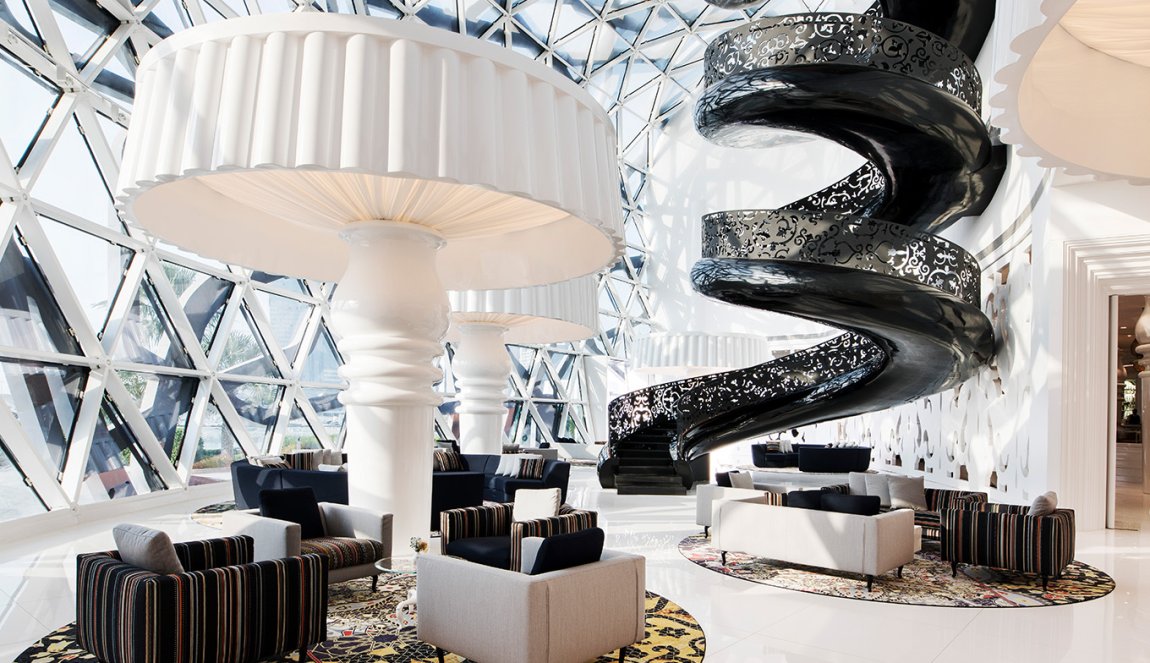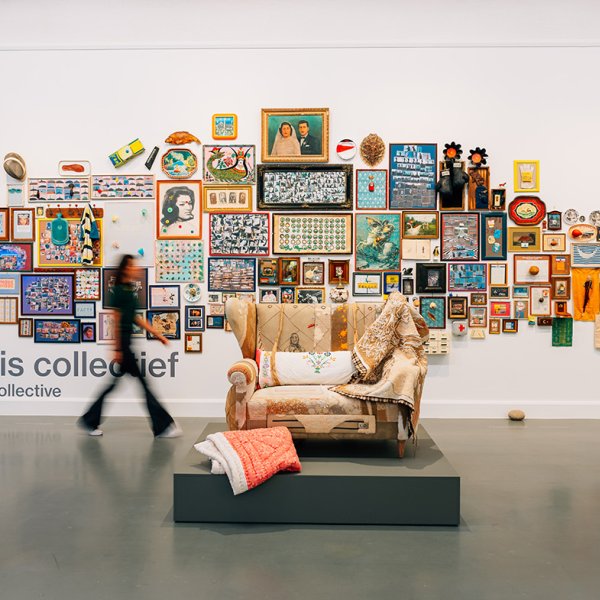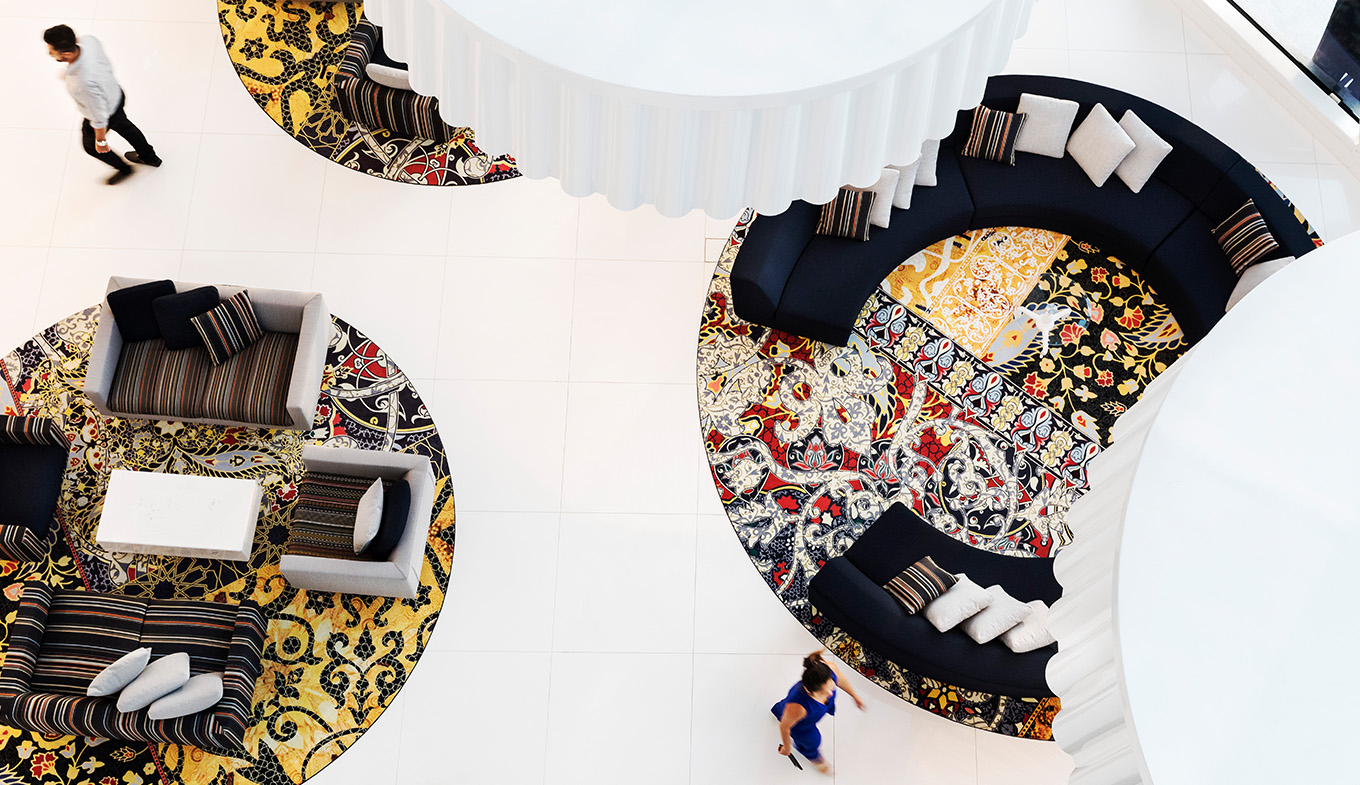
How Dutch Design conquers the world
Today, the global impact of Dutch Design is so widely recognized that it’s difficult to pin down exactly. So what exactly makes Dutch Design Dutch, why is it held in such high esteem, and where is that influence being felt around the world?
The internationally recognized term ‘Dutch Design’ likely stems from a 1993 furniture fair in Milan, and the huge impact made by the Droog collection. However, the international influence of Dutch Design goes back much further, and continues to this day. From interior to graphic Design, architecture to disaster prevention, countries around the world have long revered Dutch approaches to form and function, humor, and innovation.
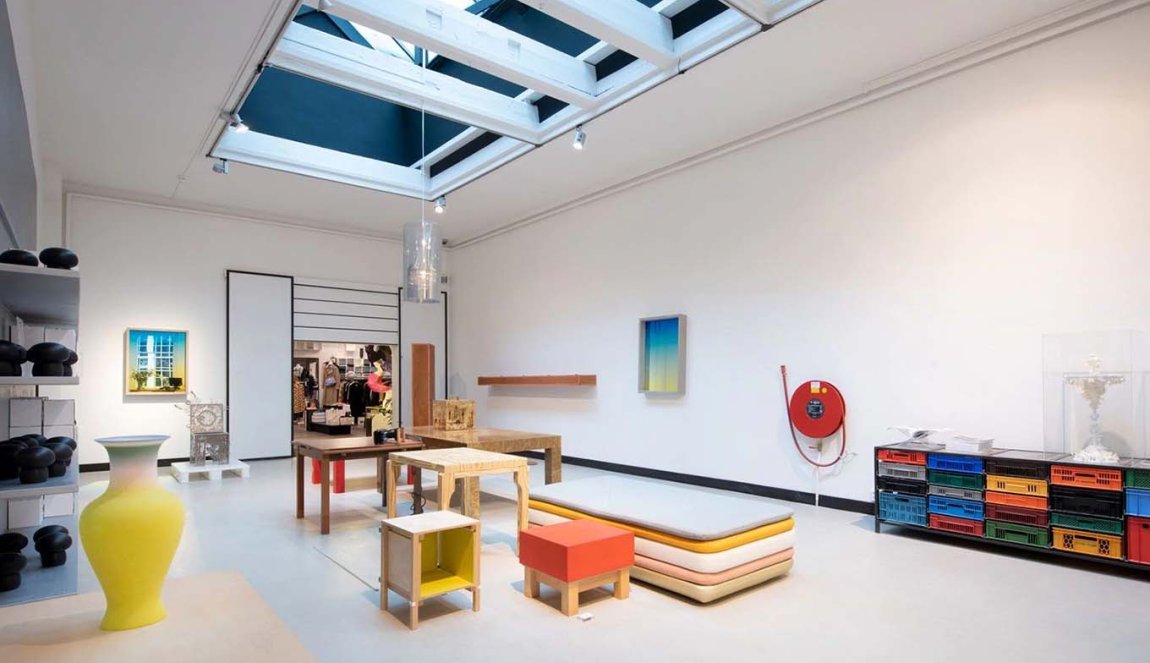
From the Netherlands to the world: a century of Dutch modernism and innovation

From the early 20th-century modernism of De Stijl and Gerrit Rietveld to later waves in the ‘80s and ‘90s (with influential designers including Maarten Baas, Jurgen Bey, Richard Hutten and Marcel Wanders), Dutch Design has long been associated with minimalism, experimentation and practicality – particularly in interior and furniture design. Certainly, that’s how other international studios often describe their influence. In other fields such as typography and graphic design, the international legacy of figures such as Wim Crouwel and Dolly Rudeman is also increasingly recognized.
Such key figureheads have contributed to internationally renowned design institutions in the Netherlands such as the Design Academy Eindhoven, which attracts and fosters global design talent every year. Also taking place in Eindhoven, Dutch Design Week has long cemented its place as the biggest design event in Northern Europe, attracting influential designers from around the world.
The impact of this prestige can be seen in many countries. For example, in Italy one of the most influential shows during the momentous Milan Design Week is the long-running Masterly - The Dutch in Milano, showcasing key Dutch designers from fields including product, interior and graphic design.
The ‘Dutch approach’: preventative design and community-based solutions

The international impact of Dutch Design is also often more concrete, particularly in terms of water management and preventative design. As a country itself so thoroughly designed to redistribute and shelter from water, the Netherlands is often called in for disaster relief and reconstruction projects.
For example, the Rebuild by Design competition in the US – aimed to design preventative solutions for future disasters after Hurricane Sandy – was overseen by advisor Henk Ovink, thanks to whom teams of highly skilled architects and engineers developed numerous projects in areas vulnerable to flooding. Besides the technical knowledge offered by centuries of water management in the Netherlands, the “Dutch approach” there was praised and became synonymous with the unique way that multidisciplinary teams worked together with local communities to find solutions for everyone. Perhaps partly influenced by the famous Dutch poldermodel, a consensus-based method of decision-making, this Dutch approach presents obvious benefits to international cooperation across various design fields.
Adaptation to space: the influence of Dutch creativity in architecture
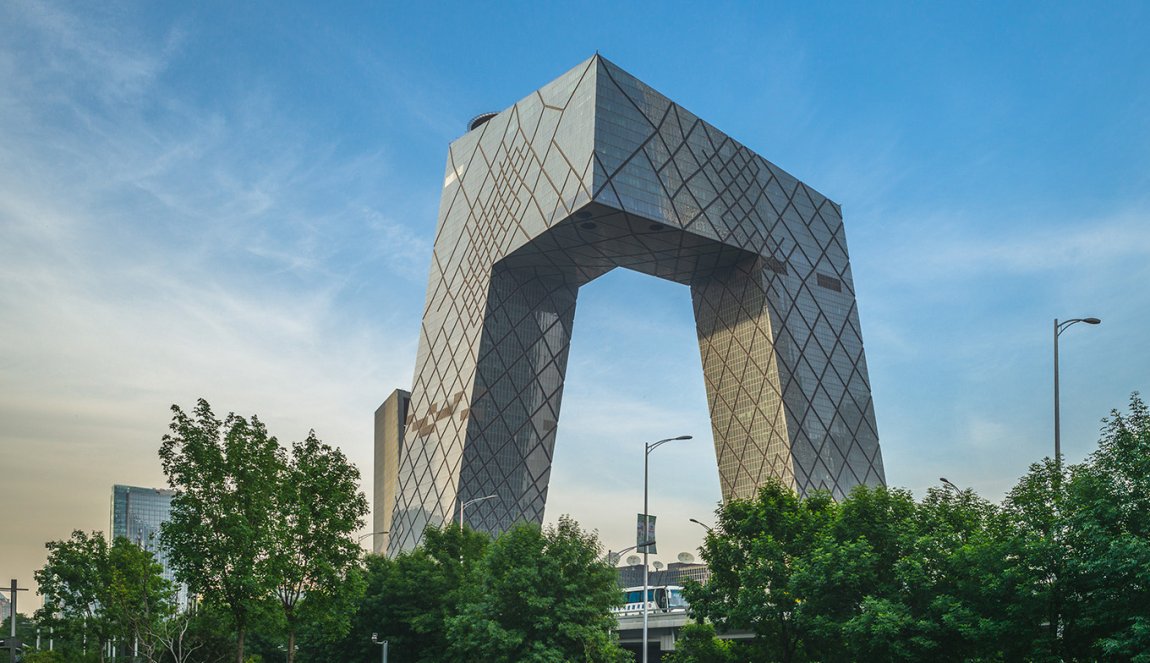
Other local constraints of Dutch geography have led to adaptations in various fields of design that are highly sought after the world over. In Taiwan, Dutch Design and architecture is particularly revered. Numerous contemporary buildings in Taiwanese cities were designed by Dutch firms such as MVRDV, OMA and Mecanoo. The limited space available in the densely populated island nation makes Taiwan a particularly receptive country to the economical, spacious designs of Dutch architecture firms – themselves having developed creative solutions to making playful, solid structures where there is little room to work with.
This influence is maintained by figures such as Gijs Bakker (co-founder of Droog in 1993), having trained many new designers in Taiwan and served as creative director of Taiwanese brand, Yii. Overseas in China, OMA and Dutch architect Rem Koolhaas are famous for designing the headquarters for China Central Television (CCTV) in Beijing.
Design and international community: cultural exchange over the centuries
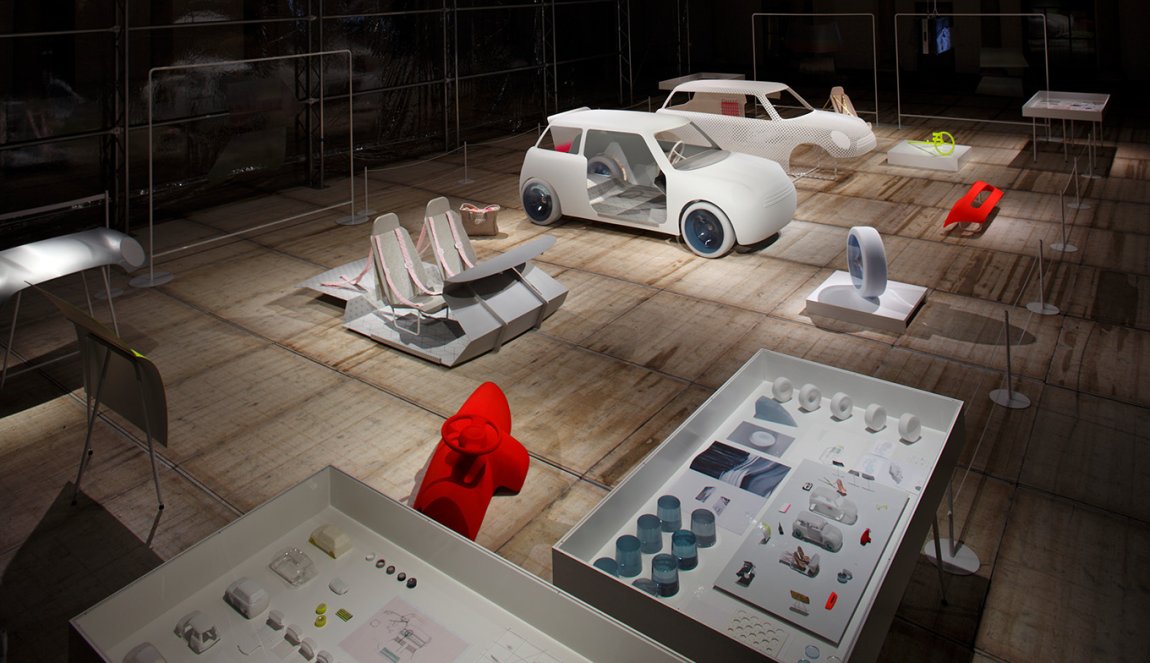
In Japan, Dutch designers usually represent a strong cohort at Tokyo Design Week, many of which are often invited as key speakers. The centuries-long legacy of cultural exchange between the Netherlands and Japan is also specifically referenced in projects such as the Llove hotel, made up of rooms co-created by Japanese and Dutch designers.
In some cases, cultural exchange has helped create a lasting impact well beyond a design brief. Japanese ceramics brand Arita has worked with influential Dutch duo Scholtens & Baijings on their porcelain range. After visiting their ceramics plants, the duo then established further collaborations with the Dutch embassy in Tokyo and Dutch Culture in Amsterdam to help revitalize a waning ceramics culture in the area. Besides this, Scholtens & Baijings worked with a variety of other international brands, including BMW, Samsung and Danish manufacturer, Hay. In 2019 the duo went their separate ways to embark on new and daring design adventures.
Ultimately, while often associated with certain styles and practicality, Dutch Design continues to influence culture around the world in part because of its variety: it excels in collaborating to develop unconventional solutions, wherever and whatever the project.
